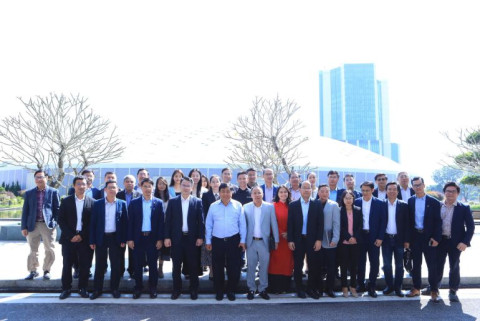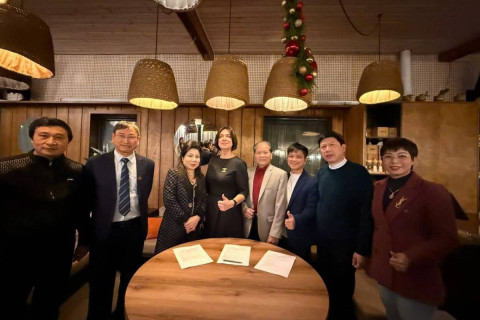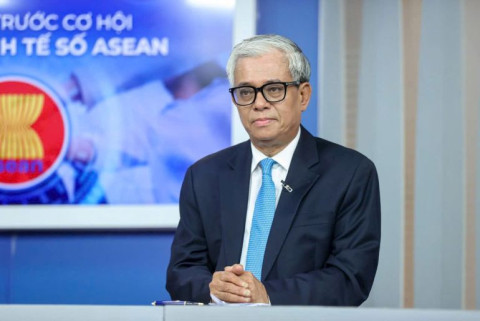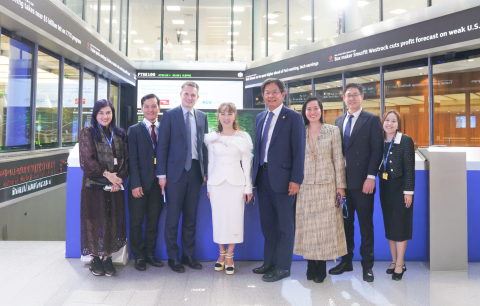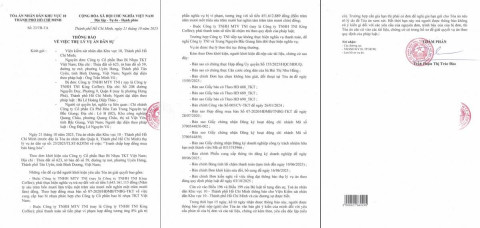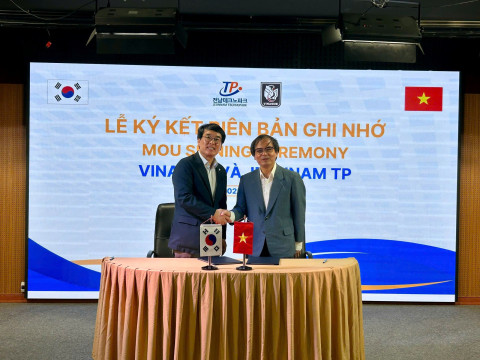Transparent mechanism needed for renewable energy project development
- 17
- Business
- 14:15 27/09/2024
DNHN - In the context of climate change and resource depletion, renewable energy has become a key element in sustainable development strategies.
Transparency plays a crucial role in attracting investment and reinforcing the confidence of both the community and investors. When procedures and information related to projects are made clear and public, stakeholders can easily monitor progress and effectiveness. This transparency facilitates cooperation among parties and fosters fair competition within the industry, encouraging businesses to enhance the quality of their services and products. Moreover, it minimizes potential risks during project implementation, contributing to a more positive and sustainable investment environment.
However, many renewable energy projects in Vietnam still face difficulties in mobilizing capital due to a lack of transparent technical and financial information. Many potential investors are deterred by the complexity of legal regulations and lengthy approval processes. These shortcomings not only hinder capital attraction but also reduce the competitiveness of projects, making it more challenging to develop and implement clean energy solutions.
Therefore, establishing a transparent and synchronized mechanism for renewable energy projects is essential to create a conducive environment for green energy development. Authorities need to urgently improve approval processes and legal regulations while increasing the public disclosure of project-related information. If these changes are implemented effectively, Vietnam will not only attract more investment but also accelerate the transition to clean energy, contributing to environmental protection and sustainable development in the future.
To overcome these challenges, Vietnam needs to establish a clear and specific legal framework for renewable energy projects. This mechanism should include regulations on information transparency, expedited approval processes, and clear evaluation criteria. Moreover, enhancing collaboration between government agencies, investors, and the community is critical in building trust and ensuring the active participation of all stakeholders.
Recently, in a report to the Prime Minister, the Ministry of Industry and Trade repeatedly emphasized the risk of severe power shortages in the 2026-2030 period. The main reason cited is the delay in the implementation of numerous large power projects outlined in Power Plan VIII. If the obstacles are not promptly resolved and construction progress accelerated, the power shortage could potentially impact economic development and people's livelihoods in the near future. The need for increased investment and effective management of power projects is urgent to ensure a stable power supply for the country.
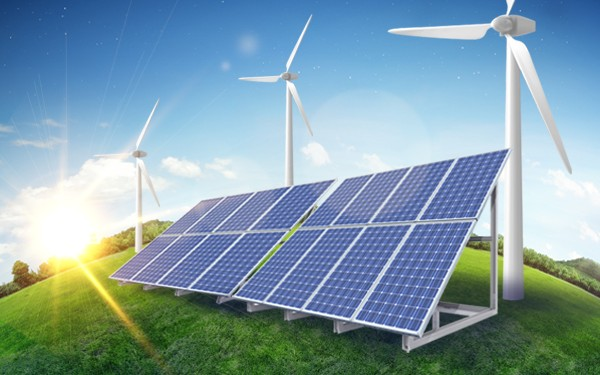
For instance, the Quang Trach 1 thermal power project has been delayed by three years, while the O Mon 3 and 4 thermal power projects had to be transferred to the Vietnam Oil and Gas Group due to implementation delays. Additionally, the Dung Quat 1 and 3 projects, scheduled for completion in 2023 and 2026, respectively, have not met their planned progress.
In the field of hydropower, the Ialy expansion project has been delayed by 45 months compared to the original plan in the revised Power Plan VII. The Hoa Binh hydropower expansion project also requested a schedule adjustment to 2025, while the Bac Ai pumped-storage hydropower project is about six years behind the anticipated timeline.
Nguyen Anh Tuan, Vice Chairman of the Vietnam Energy Association, believes that the main reason for delays in energy project implementation is the difficulty in mobilizing capital. Power projects with capacities ranging from 800 to 1,000 MW often require investment capital amounting to billions of dollars, primarily dependent on foreign loans. Furthermore, renewable energy projects need significant capital and carry high risks due to weather dependence, slowing the capital recovery process.
Mr. Tuan emphasized, "Without clear and transparent mechanisms to ensure investment returns, project owners will hesitate to proceed." He also pointed out that there are still numerous legal hurdles. Incentive mechanisms for the development of renewable energy remain unclear, and many policies lack coherence.
Regarding offshore wind energy, Vietnam has yet to establish specific regulations for sea area surveys, reducing the feasibility of projects. Additionally, the electricity market develops slowly, and electricity prices do not keep pace with the fluctuations of input factors, creating instability for investors.
To prevent further delays, the leadership of the Vietnam Energy Association has recommended that relevant authorities swiftly issue specific mechanisms and policies to promote power source development. Special attention should be given to key projects such as the two gas-to-power chains Lô B - Ô Môn (3,150 MW) and Cá Voi Xanh (3,750 MW), and around half of the offshore wind power capacity required by 2030 (approximately 3,000 MW) and three to four LNG power projects with a total capacity of around 6,000 MW as outlined in Power Plan VIII.
"Implementing these projects on a pilot basis will provide valuable insights to adjust the implementation for subsequent projects," Mr. Tuan shared.
Thus, constructing a transparent mechanism is not only an urgent requirement but also a strategic step to promote the development of renewable energy in Vietnam. Only with transparency and consistency in management can Vietnam fully exploit the potential of clean energy, contributing to environmental protection and sustainable economic development in the future.
Nghe Nhan
Related news
#environmental protection
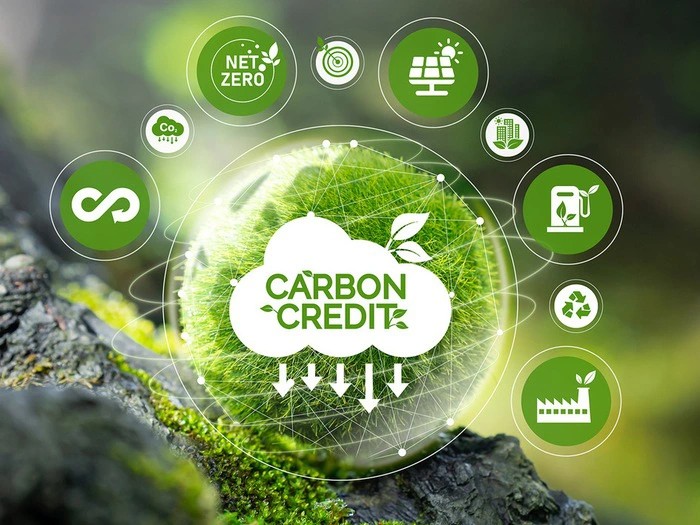
Reducing greenhouse gas emissions and carbon market development to fulfill COP 26 commitments
Vietnam aims to reduce greenhouse gas (GHG) emissions and develop a carbon market, aligning with its COP 26 commitments. This requires close coordination and comprehensive solutions from all sectors and communities.

What can be learned from VinFast's success after becoming the best-selling car brand in Vietnam?
VinFast's market-leading sales in Vietnam in September marked a major turning point, as a domestic electric vehicle brand outpaced international competitors.
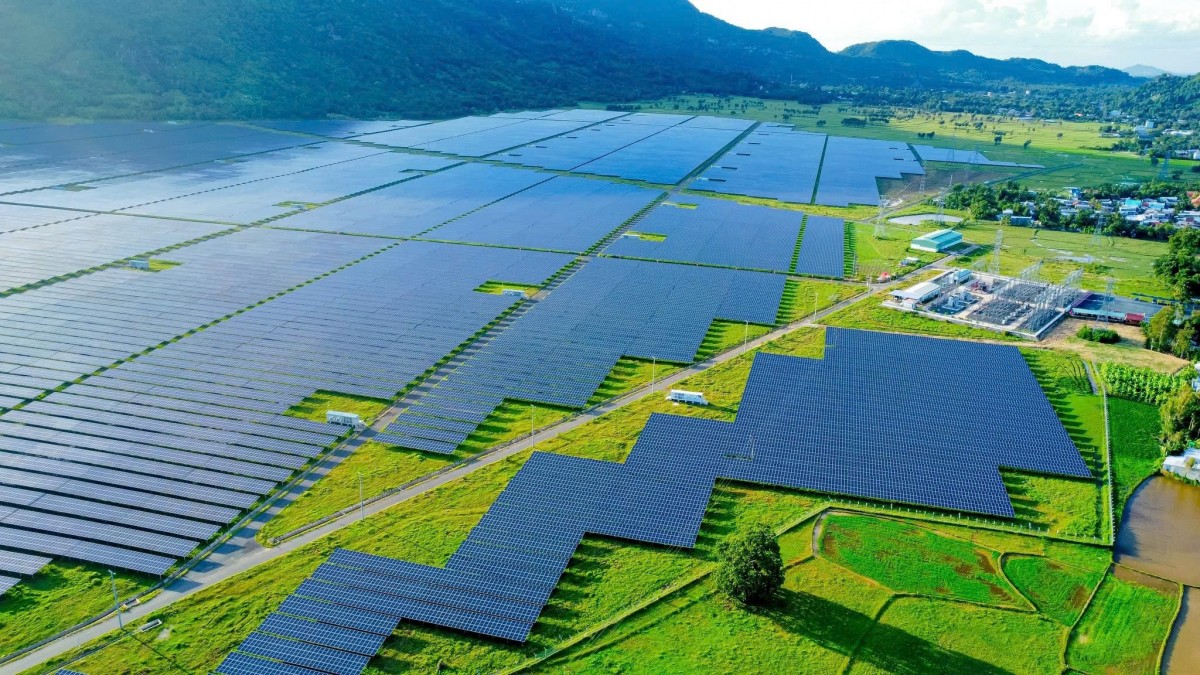
Nurturing life for the future with clean energy
Vietnam has just endured Typhoon No. 3, leaving behind a trail of destruction and loss that makes us all feel small against Mother Nature. It is time for a change, time to nurture and protect our living environment.
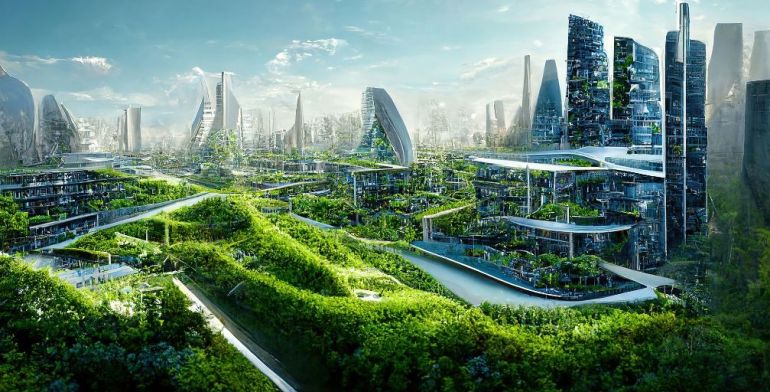
Practical applications of carbon credits in the economy. Part XXI:Carboncor Asphalt - An effective solution for Vietnam to achieve net zero emissions
Vietnam is actively implementing green construction solutions to achieve the goal of net zero emissions by 2050. These solutions reduce greenhouse gas emissions and support sustainable development in the construction industry.
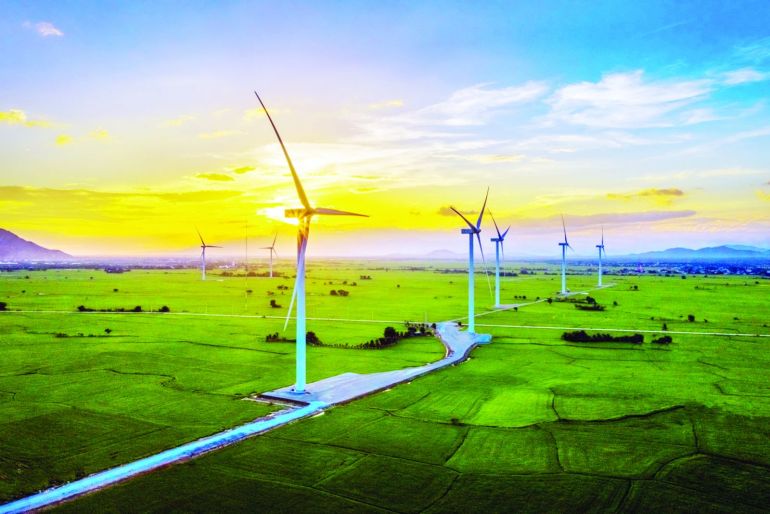
Practical applications of carbon credits in the economy. Part XI: Bridging policy and strategy for the carbon credit market
To develop the carbon credit market, the Government and businesses must improve cooperation and communication. The Government needs to provide clear policies, while businesses must adopt emission reduction strategies and leverage carbon credits.

Yen Bai: Implementing the plan to manage and eliminate ozone-depleting substances and greenhouse gases
The People's Committee of Yen Bai province has just issued document No. 3005/UBND-TNMT on the implementation of the National Plan for the management and elimination of ozone-depleting substances and controlled greenhouse gases.
Đọc thêm Business
From New Year messages of World Leaders to the “new rules” of the Global economy in 2026
At a pivotal moment of transition, New Year messages from capitals such as Hanoi, Beijing, Washington and Paris reflect distinct priorities and strategic visions.
Connecting Leaders, Shaping the Future: Strategic Leadership Planning Meeting – CorporateConnections Hanoi A
"Your network is your most powerful flowing asset. It generates value, multiplies opportunities, and accelerates your influence across borders."
Innovative ESG enterprise: Trạm Xe Việt startup proposes solutions to build a green mobility ecosystem
As Vietnam commits to achieving Net Zero by 2050 and tightens emissions standards, the transportation sector faces unprecedented pressure to transform.
Deputy Prime Minister Nguyễn Chí Dũng: “The country’s major challenges weigh heavily on my mind — and we must resolve them together.
On the morning of November 26, 2025, Deputy Prime Minister Nguyễn Chí Dũng chaired a high-level working session at the National Innovation Center (NIC) in Hòa Lạc.
Unitsky String Technologies signs cooperation agreements with three Vietnamese partners, opening a new direction for smart mobility and sustainable development
The signing ceremony took place in Minsk, Belarus, on November 28, 2025.
Before the D‑day to abolish flat‑rate tax: Fear of technology and costs leave small traders struggling to adapt
From 1 January 2026 the flat‑rate tax regime will be abolished. Small business households will be required to declare tax based on actual revenue. MISA supports the transition with technology to help micro‑merchants adapt smoothly and transparently.
Vietnamese enterprises at a crossroads: the impact of a potential US–China deal
As the world closely monitors every shift in US-China relations, emerging signals of a strategic agreement between the two global powers are raising hopes for global economic stability.
HDBank: Impressive profit growth, leading in profitability and advancing international integration
Ho Chi Minh City Development Joint Stock Commercial Bank (HDBank, stock code HDB) announced its consolidated profit before tax for the first 9 months of 2025 reached VND 14,803 billion, marking a 17% increase year-on-year (YoY).
TNI King Coffee sued for over VND 5 Billion in unpaid debts
On October 21, 2025, the People’s Court of District 10 in Ho Chi Minh City officially accepted a civil lawsuit concerning a commercial contract dispute between TKT Vietnam Plastic Packaging Joint Stock Company and TNI King Coffee Co., Ltd.
VINASME and Jeonnam Technopark Sign MOU on technology cooperation, human resource training, and trade promotion
On October 15, 2025, in Hanoi, VINASME and Jeonnam Technopark (Korea) signed an MOU to promote trade, advance technology transfer, and develop human resources between enterprises of both nations.





